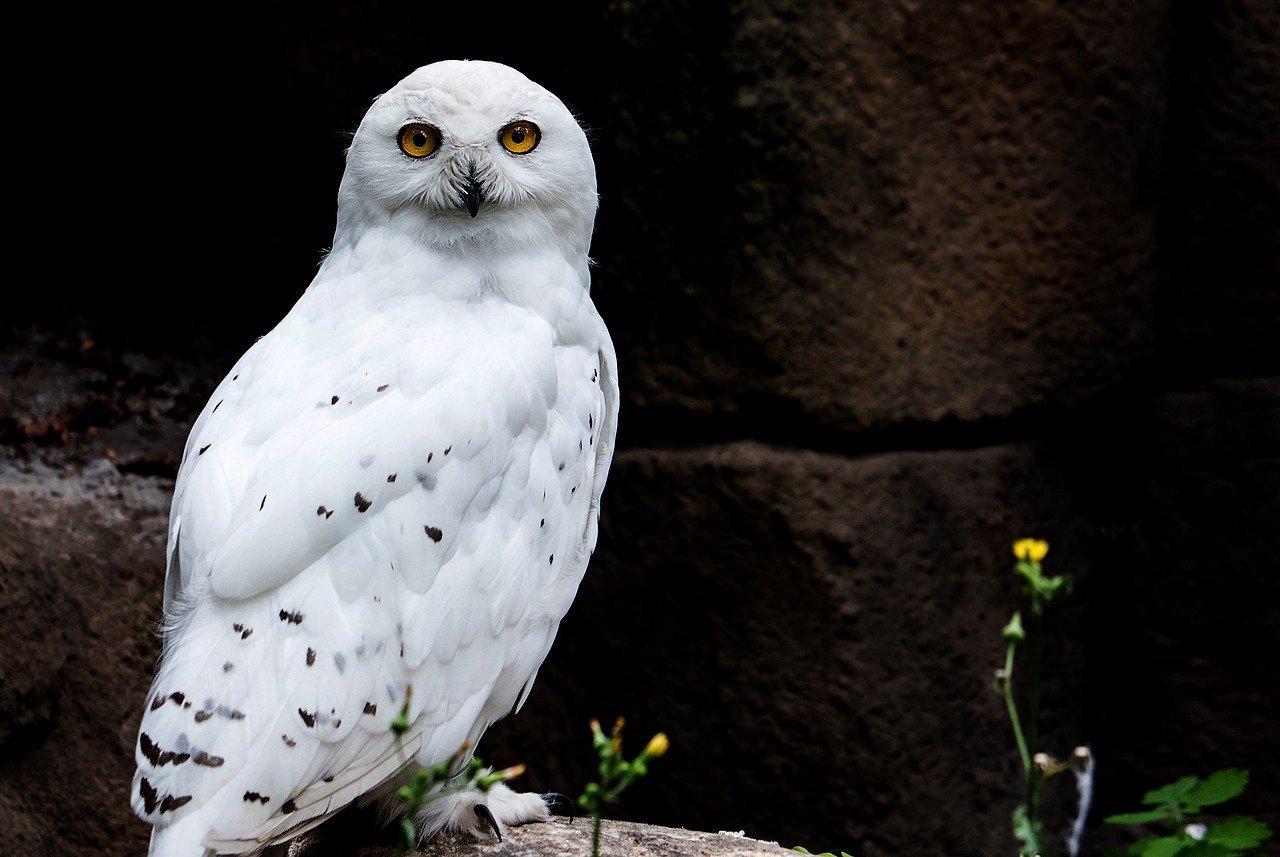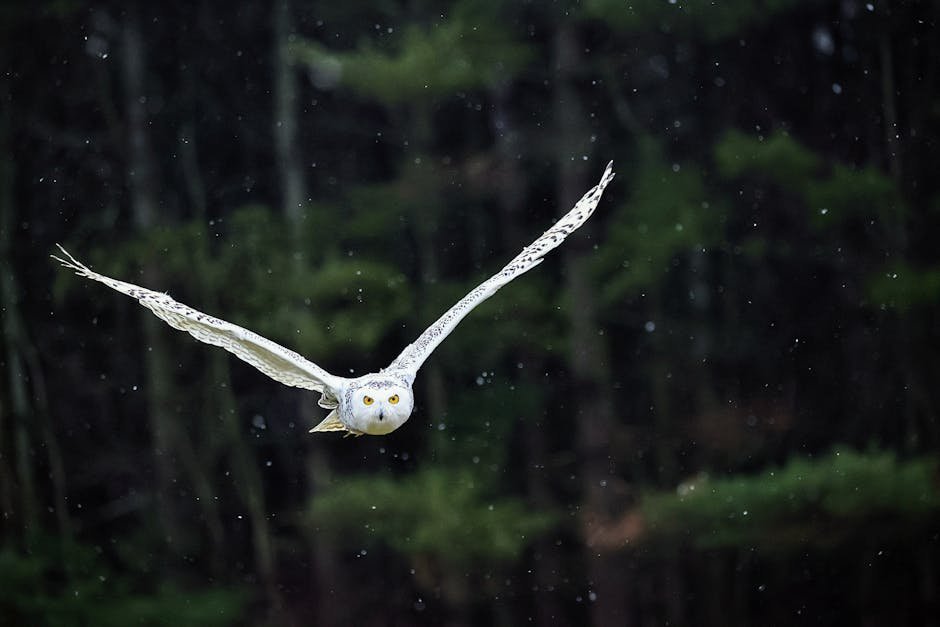Owning a pet can be one of life’s greatest joys, but when it comes to exotic creatures like the Snowy Owl, there are many things to consider. These majestic birds, with their striking white plumage and piercing yellow eyes, have captured the imagination of many. However, keeping a Snowy Owl as a pet is not a decision to be taken lightly. Understanding the responsibilities and requirements involved is crucial before making such a commitment. This article will guide you through important aspects to consider if you are contemplating welcoming a Snowy Owl into your home.
The Legal Landscape of Owning a Snowy Owl

Before you even think about bringing a Snowy Owl into your home, it’s essential to understand the legal implications. In many countries, owning a Snowy Owl without a special permit is illegal. These birds are protected under various wildlife conservation laws, making it crucial to check local regulations. Ignoring these laws can lead to hefty fines or even imprisonment. Ensuring that you are legally allowed to keep a Snowy Owl is the first step in responsible pet ownership. Furthermore, even if permits are available, they often come with strict conditions that must be adhered to. Always consult with wildlife authorities to ensure you are on the right side of the law.
Understanding the Unique Needs of Snowy Owls
Snowy Owls are not your average pet. They have specific needs that must be met to ensure their health and well-being. These birds are native to the Arctic regions, so they thrive in cold environments. Providing a suitable habitat that mimics their natural surroundings is crucial. This means having a spacious aviary with adequate ventilation and temperature control. Additionally, their diet primarily consists of small mammals, requiring a steady supply of fresh prey. Understanding these needs and being prepared to meet them is vital for anyone considering a Snowy Owl as a pet.
The Time and Financial Commitment Involved

Owning a Snowy Owl is not only a significant time commitment but also a financial one. These birds require daily care and attention, including feeding, cleaning, and enrichment activities. You must also be prepared for regular veterinary visits to ensure their health is maintained. Financially, the cost of permits, specialized food, and habitat setup can add up quickly. It’s essential to evaluate whether you have the resources and dedication required to care for a Snowy Owl properly. Unlike more common pets, the financial and time investment is considerably higher for these magnificent creatures.
The Ethical Considerations of Keeping Snowy Owls

Keeping a Snowy Owl as a pet raises several ethical questions. These birds are wild by nature and are not domesticated like dogs or cats. Confining them to a home environment can lead to stress and behavioral issues. It’s important to consider whether it’s ethical to keep a wild animal in captivity simply for personal enjoyment. Many wildlife experts recommend against keeping owls as pets and suggest supporting conservation efforts instead. Reflecting on the ethical implications and considering alternatives is an important part of the decision-making process.
Socialization and Behavior Challenges

Snowy Owls are solitary creatures in the wild, and this can pose challenges when keeping them as pets. They may not be as social or interactive as other pets, leading to challenges in bonding and behavior. Training and socialization require patience and expertise. Without proper handling, these birds can become aggressive or develop behavioral issues. Understanding their natural behaviors and working with experienced handlers can help in managing these challenges. It’s important to have realistic expectations and be prepared for the complexities of interacting with a wild animal.
Exploring Alternatives to Keeping a Snowy Owl

If the challenges of keeping a Snowy Owl seem overwhelming, exploring alternatives might be the best option. Supporting wildlife conservation organizations that protect these magnificent birds in their natural habitat can be a rewarding way to contribute. Many sanctuaries and wildlife centers offer opportunities for volunteering or sponsoring an owl, allowing you to connect with them without the responsibilities of ownership. Educating others about the importance of preserving these birds and their habitats can also make a significant impact. Considering these alternatives can provide a fulfilling way to appreciate Snowy Owls without compromising their well-being.

Linnea is a born and bred Swede but spends as much time as possible in Cape Town, South Africa. This is mainly due to Cape Town’s extraordinary scenery, wildlife, and atmosphere (in other words, because Cape Town is heaven on earth.) That being said, Sweden’s majestic forests forever hold a special place in her heart. Linnea spends as much time as she can close to the ocean collecting sea shells or in the park admiring puppies.





